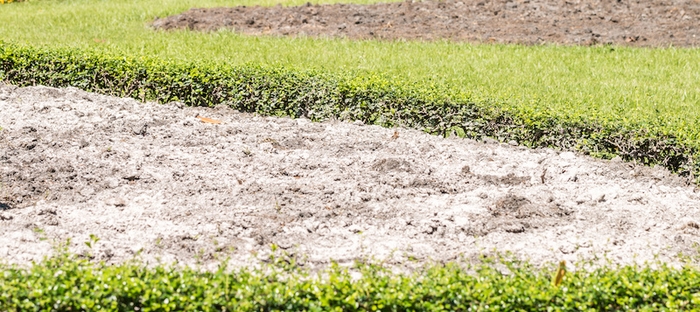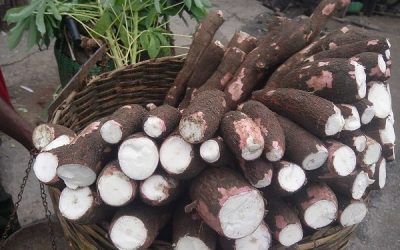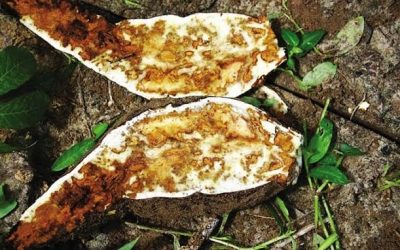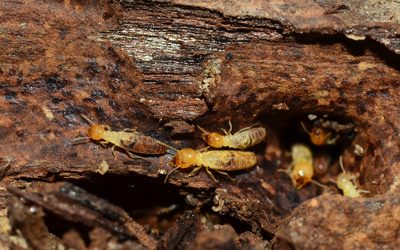
Soil is the basis of crop productivity. However, over time, soil fertility has been degrading due to climate change, change in the geological structure and characteristics of the earth which directly affect edaphic characteristics. (Soil characteristics.)To curb this menace, soil and agricultural experts have come up with modern ways of testing soils and amending them for improved crop productivity. One of the parameters tested in the soils for correction is the soil p.H.
A soil with low p.H. is said to be acidic, thus not good for crop cultivation due to nutrient unavailability as a result of the acidity. Soils with high alkalinity are also not good for productivity.
The most common problem however is the soil acidity which is a common phenomenon. To correct this problem, experts’ advice the use of lime. However, as much as we need the lime to correct the soil p.H. There are factors that ought to be considered before applying lime. Without strict adherence to this factors, the lime will not correct the soil acidity, and may even end up destroying the soil if applied in excess.
The following considerations have to be put in place before liming your soils for your improved soil productivity.
1. Soil PH according to test results.
You cannot lime your soil when you do not know its p.H. Just like doctors recommendations, you should apply lime to your soil according to recommendations from an expert after your soil test. Soil test will help you know the exact p.H. of your soil and the exact amount of lime to be applied to your farm. When you blindly apply lime to your soil without testing, you may do it in excess thus resulting to another soil disturbance. .It is therefore important to have your soil tested for p.H. levels before liming.
2. Soil type.
Different soil types react differently to the process of liming because they are made of different chemical characteristics. Before you lime your soil, check out the texture of your soil. Clayey soils tend to consume more lime than loamy and sandy soils. The following are indices to which lime raises the P.H. in different soil types.
Lime raises the P.H factor by the following factors in the various soil textures.
Claey-0.3, Loamy-0.5, Sandy_0.7.
This simply means that to raise the P.H. of a farm with clayey soil, you will need more lime than in farms with loamy and sandy soils. It is therefore important to know the type of soil for you to lime your farm and get good results.
3.Type of Lime.
The type of lime is very important to consider before liming your soil. You will decide the type of lime to use after you have had your soil tested. There are two main types of lime used in our soils.
Dolomitic lime which has both calcium and magnesium carbonate. However the ,magnesium carbonate is very high in this type of lime Another common lime is .Calcitic lime which has high levels of calcium carbonate. Supposing your soil test results indicates low p,H, and low calcium deposits, it is advisable to lime your soil with calicitic lime as it will also help increase calcium levels. However If your soil test result indicates low levels of p.H. and low Magnesium deposits, then apply dolomitic lime.
4.The value of the lime.
This refers to the ability of a unit mass of lime to change soil p.H. This depends on the chemical size, particle distribution and the solubility of lime. As you purchase your lime, check on the bag. If it is indicated NV 100% then it is better, because it has a full neutralizing power, If it is 50% then it neutralizes half way, This means you need more of it. Therefore it is important to put into consideration the effective neutralizing power of your lime before application to the soil.
5.Timing
It is important to carry out a soil test early, at least one month before planting. Liming is a chemical process; therefore it should be given enough time to work and ament the soil. Correct timing is therefore vital when amending the soil to ensure maximum productivity.


